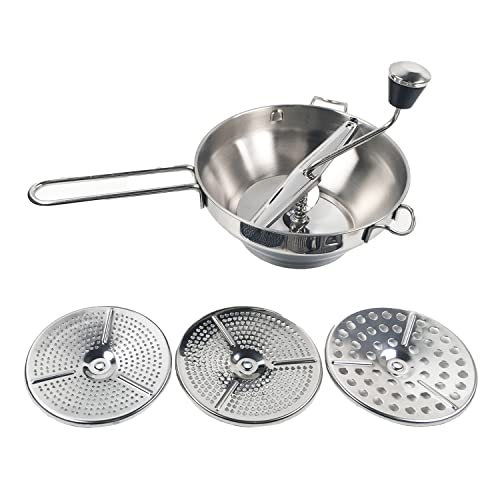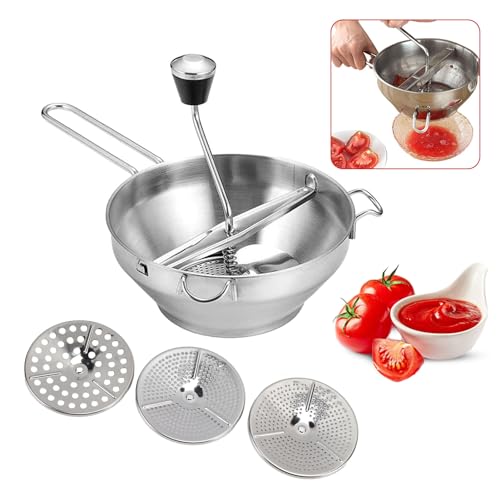The Importance of Proper Food Mill Transport
Food mills are essential tools in any kitchen. They allow you to puree, mash, and strain ingredients with ease. But transporting these bulky devices can be a challenge. Whether you’re moving your food mill to a new kitchen or taking it to a catering event, you want to make sure it arrives in one piece. Here are some tips for the best way to transport a food mill.
Preparing Your Food Mill for Transport
The first step in transporting your food mill is to make sure it is properly cleaned and disassembled. Remove any food residue and detach any removable parts. This will make the food mill easier to move and prevent any damage during transport. Then, wrap the main body of the food mill in bubble wrap and secure with tape. Use additional bubble wrap or foam padding to protect any detachable parts and blades.
Choosing the Right Transport Method
The best way to transport a food mill depends on the distance and mode of transportation. If you are simply moving the food mill to a nearby location, you can transport it in your personal vehicle. However, if you need to transport the food mill over a long distance, it’s best to use a shipping service. Choose a reputable shipping company that offers insurance for your item. This will cover any damages during transport.
Securing Your Food Mill During Transport
Once you have chosen your transport method, you need to make sure your food mill is properly secured. If you are transporting the food mill in your car, make sure it is placed in the trunk or on a secure surface. Use bungee cords or straps to secure the food mill and prevent it from sliding around during transport. If you are shipping the food mill, make sure it is placed in a sturdy box and padded with foam or bubble wrap to prevent any damage.
Checking Your Food Mill Upon Arrival
Finally, when your food mill arrives at its destination, inspect it for any damages. Check the blades and detachable parts to make sure they are still in working condition. If there is any damage, contact the shipping company to file a claim. If you transported the food mill yourself, take it to a professional for any necessary repairs. Following these tips for proper food mill transport will ensure that your tool arrives safely and in good condition.






